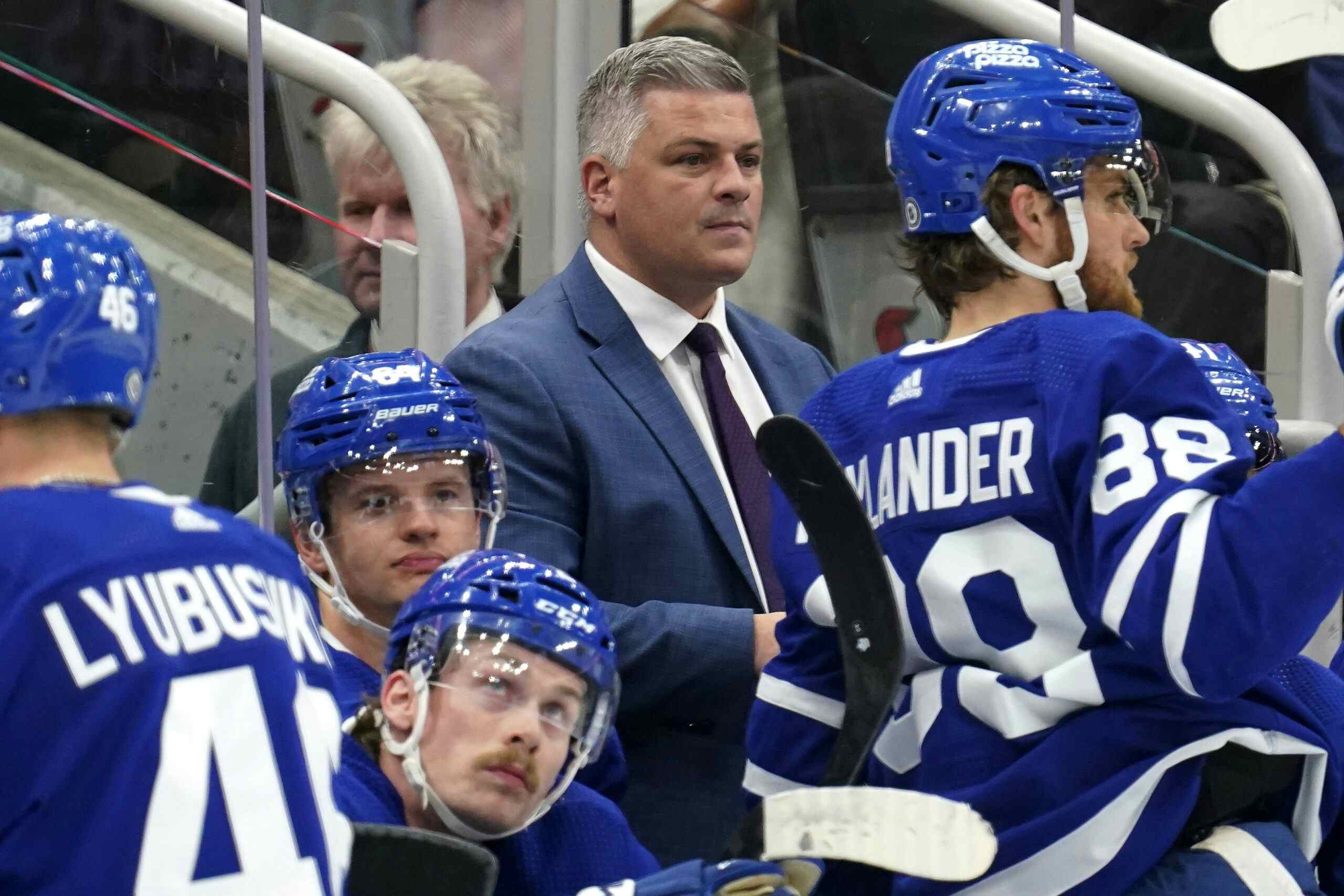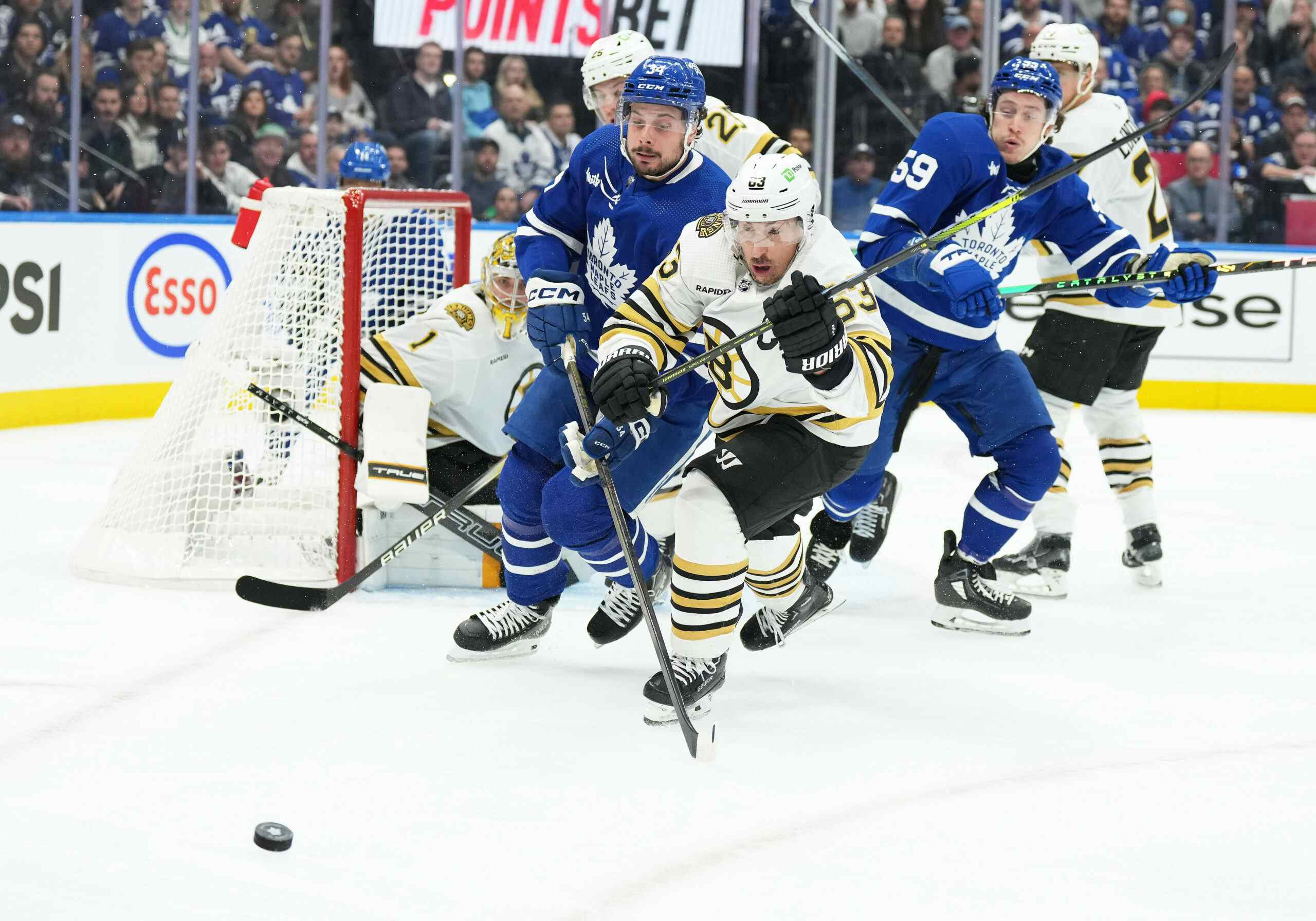No, It’s a Bad Idea

If you were on here yesterday, Steve wrote an article weighing the positives and negatives of a Cody Franson trade (which Darren Dreger suggests the Leafs are looking at due to a lack of cap space). His eventual conclusion was that there is the Leafs should probably give in and do it, because despite his talents, there’s potential return. Plus, they don’t appear to have much of a choice. On the other hand, I believe that this is a worse situation than it already appears to be, and whatever happens, it will be laced in regret. I present my argument in a shuffled version of the Five W’s:
What Are You Giving Up?
Cody Franson was one of the league’s better offensive defencemen this year.
- Franson finished eighth in points among defencemen. To give you an idea of how crazy that is, every other person in the Top 40 other than Brent Burns (who spent this year as a forward and does not count) played at least two more minutes per game than him, and he was scratched for three games.
- "He’s a powerplay specialist!" is the response of most people when they hear that. The retort they don’t expect? Bring the numbers to 5-on-5 only, and Franson is third (again, minus Burns), in even strength points. Though he also finished second behind PK Subban in 5-on-4 points per 60, so yes, he’s good on the man advantage.
- He had career low in even strength shooting percentage this year, finishing last on the team out of anybody who scored a goal at 2.6%. To go with that, about half of his shots missed the net or were blocked, making a shot attempt into a goal less than 1.5% of the time. This is bad, with previous ESS%’s of 6.8, 4.4, and 6.9%, but that’s a blessing in disguise. The Leafs were an incredibly lucky team when it came to shooting percentage last year, and an evening out (regression to the mean) is inevitable. Franson, on the other hand, is more likely to go up, an asset you’d like to keep in a situation like this.
- The Leafs took their second most shots for with him on the ice, were right in the middle of shots against, and had their second highest percentage of shots (highest if you don’t count Jake Gardiner’s iffy sample size).
- Franson was good at advancing the puck into the offensive zone, starting 45.9% of shifts in the offensive zone, and finishing 49% of them there.
- For those obsessive about the TV-loved statistics, Franson quietly managed to rank third on the Leafs in hits behind Mark Fraser and Dion Phaneuf, which is most impressive when you consider how few penalties he got in the process (just 4 minors for 8 penalty minutes the entire season). He also had nearly as many puck interactions (Giveaways+Takeaways) as Dion Phaneuf while being more likely to take it away than any Leafs defenceman (by percentage and by raw numbers, leading the team with 21).
- Franson lead all Leafs defencemen in points in the playoffs with 6, which was good for 11th in the league despite not escaping round one. His Game 7 recovery from an early mistake would be talked out fondly if it wasn’t for the fact it happened during Game 7.
- Beyond all of this, we’re talking about an offensive defencemen that will be entering the season at just 26 years old, that seems to be coming in his own. This is an opportunity to lock such a player into a decent length term, and it can’t be used due to poor asset management.
- On a team where the coach believes that you should play the side of your handedness, Franson is easily the Leafs’ best right-handed defenceman. An exception is obviously made for Carl Gunnarsson because he’s the only one who can keep up with Dion Phaneuf, but Franson should for all intents and purposes be a lock for the second spot.
Why Are You Giving Him Up?
Simply put, the Leafs went from having the second most cap space in the NHL to crisis mode in three weeks. That must be some sort of record, which surely comes with a trophy that resembles Paul Holmgren. In any event, the Leafs currently have 12 forwards, 6 defencemen, and 2 goalies on the roster, with $6,170,833 in cap space and three restricted free agents to sign.
Just for arguments sake, let’s send Korbinian Holzer to the Marlies (he’d have to clear waivers, though), and do the same with Trevor Smith. This frees $1,287,500 more, which gives you $7,458,333 to work with to sign Nazem Kadri, Cody Franson, and Mark Fraser. You also have to pick your most NHL ready forward out of the Marlies.
Fraser has to return to the team. Simply put, unless the Leafs sabotage their Arbitration Meeting just right and convince the powers that be that his value is $3,500,001 or higher, they’re required to keep him. A situation that could’ve been solved for signing him before he filed (probably at under $1 million, which is less than he’ll get from a system that appears to still value real time stats). Kadri’s contract will likely be comparable to Matt Duchene’s first non-entry level deal, which saw him earn 3.5 million per year over 3 years. So let’s assume 3.5 for Kadri, 1.5 for Fraser. You’re now at $2,458,333 to call up a player and sign Franson. The player will likely be Carter Ashton or Jerry D’Amigo, who both come in ata bout 1.05 million. This leaves approximately $1.4 million for Cody Franson.
Say what you want about Mikhail Grabovski’s contract, but keeping that, walking away from Tyler Bozak (who had fewer points than Franson in more minutes as a #1 centre, and fewer assists on Phil Kessel goals with way more time played with #81), and buying out John-Michael Liles instead saves the Leafs 2.575 million, and now leaves you with 3.975M towards Cody. Do you need to replace Liles? Even if you have to call up Holzer again to have 7 defencemen, That’s still just under 3.2 million dollars to work with.
Or, you don’t bother with trying to find an usurper to James Reimer’s throne in Jonathan Bernier, and save $2,912,500 by sticking with Scrivens, keeping Frattin, and not needing to call up D’Amigo or Ashton. Bernier has a lot of talent and upside, but if you want to keep the rest of the moves, this one sacrifies two young, cap efficient players and potentially knocks out talent and upside in a different, higher priority position.
Or, you don’t sign David Clarkson to that massive contract. Clarke MacArthur got the same AAV from Ottawa as he did here. Argue all you want about which of the two you’d rather have (to me, the MacArthur contract is more sensible, but Clarkson is admittedly a better short-term, not seven years, but short term solution), but you save $2,000,000 to put towards Franson.
Or you could combine all three, save $7.5 million dollars, and be prepared for Kessel, Phaneuf, Reimer, and Gardiner’s new contracts next year and extend Cody Franson.
But the reality is, Dave Nonis chose his path in order to get Randy Carlyle the team he wanted, and we’re now stuck watching a scenario where Franson will almost assuredly hit the trade market. In a series of questionable moves, this is the exclamation point.
Where Can He Go?

Let’s play Guess Who. Just like old times. Let’s start with 29 teams
ROUND 1: Anaheim, Boston, Buffalo, Calgary, Carolina, Chicago, Colorado, Columbus, Dallas, Detroit, Edmonton, Florida, Los Angeles, Minnesota, Montreal, Nashville, New Jersey, New York Islanders, New York Rangers, Ottawa, Philadlphia, Phoenix, Pittsburgh, San Jose, St. Louis, Tampa Bay, Vancouver, Washington, Winnipeg.
Cody Franson is asking for 4 million dollars from the Toronto Maple Leafs. He won’t get that, but lets assume any team who signs him after aquiring him wants some wiggle room. Seeing as the Leafs are under no means to take salary back, lets remove every team that has less than 4 million in Cap Space. ("What if they have an under 1-1.5M defenceman to give up? You’ll ask, but Minnesota isn’t trading Jonas Brodin for Cody Franson, and he’s not going to the Habs, certainly not for Rafael Diaz)
ROUND 2: Buffalo, Calgary, Carolina, Colorado, Florida, Nashville, New Jersey, New York Islanders, Ottawa, Phoenix, St. Louis, Vancouver, Washington, Winnipeg
Next up, there are a bunch of teams that are running under internal salary caps. Be it the result of near-bankrupcy, league ownership, or low revenue, there are a few of these teams in the pile. Lets take them out.
ROUND 3: Buffalo, Calgary, Carolina, Colorado, Nashville, Vancouver, Washington
One of these is the former team that gave up on him..
ROUND 4: Buffalo, Calgary, Carolina, Colorado, Vancouver, Washington
The Leafs would be looking for draft picks and prospects due to cap constraints, something that teams that are expected to be near the bottom next year are likely not going to give up.
ROUND 4: Carolina, Vancouver, Washington
Carolina has $4,885,000 in Cap Space. They realistically need to add a defenceman and at least one forward to their roster. before the season starts, with just roster players signed. Vancouver needs to sign Chris Tanev and add another defenceman with their $4,347,222 remaining, but also have four blue liners making over 4.5 million. Washington already has 7 defencemen for next year, just 11 forwards on the roster, and are rumoured to be looking at Mikhail Grabovski. Franson is unlikely to fit into the plans of the team with $5,665,705.
ROUND 5: Uhh…..
Who Can They Get Back?
Some teams may break these rules if they think a deal is really in their best interest. Maybe Carolina sheds a contract. Maybe the Islanders liked that taste of the playoffs and are okay with spending more money. Maybe Jay Feaster is somehow crazier than we thought. But the reality is, we’re heading into August. You’re not going to see league-wide dominoes in order to begin a Cody Franson bidding war. One or two teams will position themselves. The Leafs will be in a position of weakness at this point, and they’ll have to ship him off on the cheap.
Consider that a team with a lot of cap space right now could send Franson an offer sheet. If he’ll accept 4 million dollars, that puts the compensation at a first and third round pick. The Leafs would be very unlikely to match that, especially because it guarantees that somebody could swoop in with another offer sheet on Nazem Kadri. I’m sure other teams realize this, but also realize that he could be had for less if the Leafs are forced into a trade corner. Considering his play and age, less than that would be a concerning return, but the likely case.
When Was This A Good Idea?
I’m only adding this point so I can say I did the 5 W’s. This was never a good idea. The circumstances that lead up to this were very short sighted. The response from those excited on July 5th was "well, if there is a cap issue, we won’t have to worry about it for YEARS!".
It’s been three weeks. The Leafs are going to be stuck giving away one of the league’s better offensive defenceman, at a still growth-friendly age, for peanuts. Amazing.
Recent articles from Jeff Veillette





